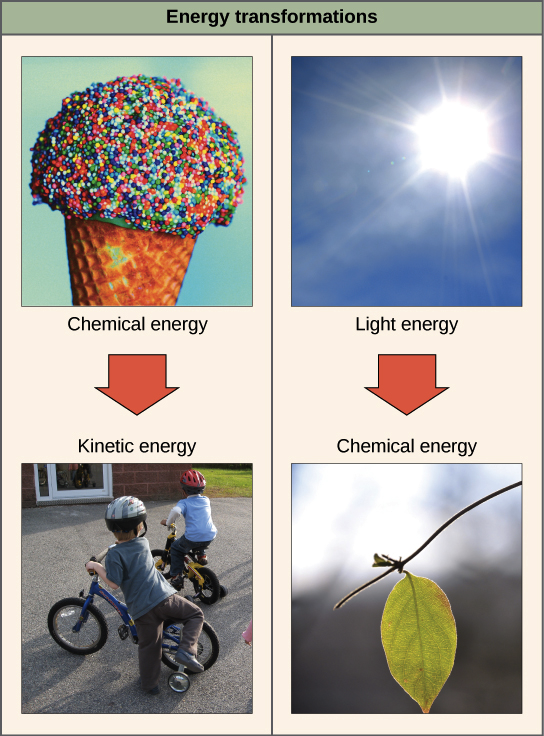

Empirical developments of the early ideas, in the century following, wrestled with contravening concepts such as the caloric theory of heat. In the first half of the eighteenth century, French philosopher and mathematician Émilie du Châtelet made notable contributions to the emerging theoretical framework of energy by proposing a form of the law of conservation of energy that recognized the inclusion of kinetic energy.


5 Evidence for the first law of thermodynamics for closed systems.4 Various statements of the law for closed systems.2 Conceptually revised statement, according to the mechanical approach.1.2 Conceptual revision: the "mechanical approach".1.1 Original statements: the "thermodynamic approach".The first law for a thermodynamic process without transfer of matter is often formulated as Δ U = Q − W denote the internal energies of the respective separated systems.' The law of conservation of energy states that the total energy of any isolated system (for which energy and matter transfer through the system boundary are not possible) is constant energy can be transformed from one form to another, but can be neither created nor destroyed. The first law of thermodynamics is a version of the law of conservation of energy, adapted for thermodynamic processes, distinguishing three kinds of transfer of energy, as heat, as thermodynamic work, and as energy associated with matter transfer, and relating them to a function of a body's state, called internal energy.


 0 kommentar(er)
0 kommentar(er)
